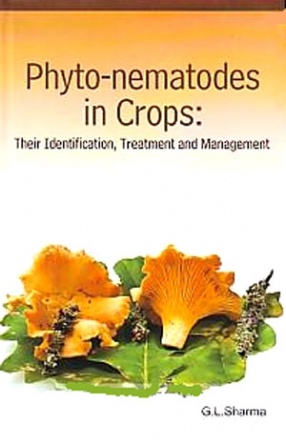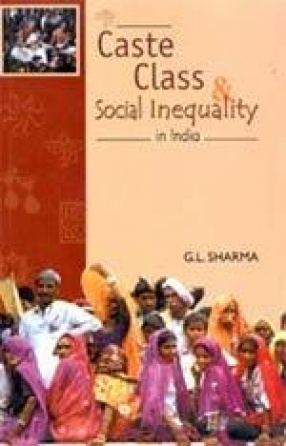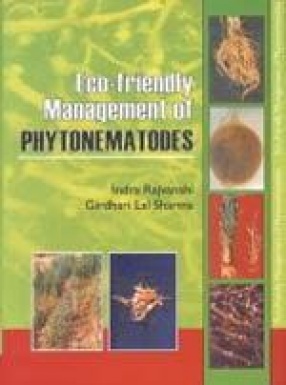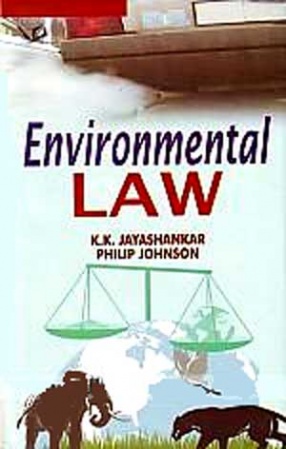Phytonematodes being tiny and hidden enemies of various crops (field, plantation, horticultural and floricultural), cause moderate to severe crop losses and disturb the economy of cultivators. Among these crops, the monocropping cultivation has manifold increased the populations of these phytonematodes in soil, resulting in the increase of crop losses. Till date, the research work to evolve various phytonematode management strategies has been made, viz., physical, cultural, chemical and biological control; integrated nematode management and breeding for disease resistance, etc. But the main focus of research is made to generate the effective management models under INM strategy having feasible, safe and economic characters to minimise the nemic population below ETL and also may easily be adopted by the farmers.
This book is having 14 chapters comprising the phytonematode diseases of cereals, pulses, millets, fodders, vegetables and their management strategies including physical, cultural, bio-control (using bacteria, VAM fungi, other bio-agents and also by using bio-pesticides), role of plant quarantines for averting the entry of exotic nematodes. A chapter on demand of research beginners, students and entrepreneurs on recent taxonomic status of phytonematodes has been illustrated in detail.
All the authors who have contributed their chapters are of very high integrity and subject figures. They have included recent literature during compilation of their chapters. The author is hopeful that this book shall be very useful to the research scholars and young scientists as a ready reckoner for the aspects covered herewith.








There are no reviews yet.